Pulsara Around the World - 2025 Recap and January 2026
December Recap After an incredibly busy events year with 102 conferences, trade shows, and sponsorships, December was on the slower side for us, with...
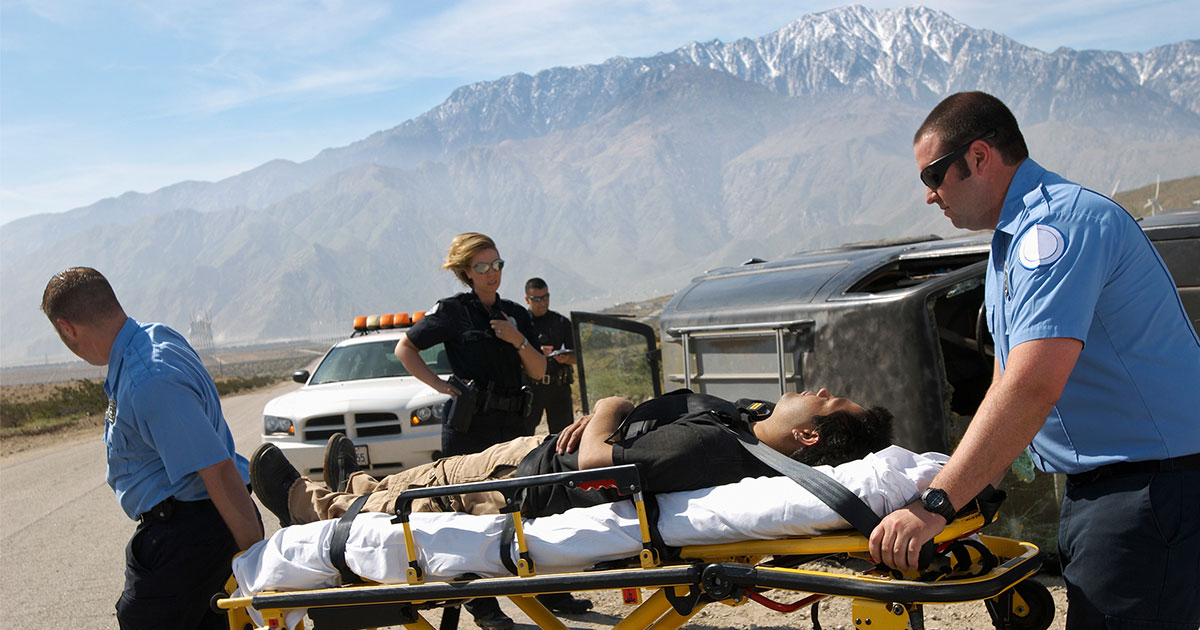
EDITOR'S NOTE: This article originally appeared on EMS1.com. Special thanks to our guest author, Tim Nowak, for EMS1 BrandFocus.
__
Being an EMS provider in a rural environment is different from serving in urban or suburban areas, but those differences are often what make it both challenging and rewarding. Operationally speaking, there are certainly some similarities between rural and urban environments, but there are also plenty of differences that make working in the woodlands, farmlands, deserts, and mountainous areas unique. In fact, these may be the very reasons that draw providers to serve in such an environment.
As EMS1’s rural EMS page states:
The challenges of volunteer and rural EMS departments are well-known to those who practice in or manage them: funding, staffing, recruitment and retention, access to specialty care, equipment, training, and so many more. Despite the challenges, providers are forced to do more with less, enabling them to mature their skills in several different ways.
One thing is for certain: The usual initial EMS training program likely doesn’t prepare medics for all of the unique challenges (and opportunities) of serving with a rural EMS organization. Here are 10 key considerations for managing those challenges and providing the best possible patient care as a rural medic.
One of the largest operational challenges facing EMS providers in rural environments is spotty cellular reception. Even in the flat landscapes of farm fields, increased distances between cellular towers can make connectivity seem spotty and even make you wonder if your receiving hospital really received your full phone or radio report.
While mobile hotspots and in-vehicle gateway devices can improve your infrastructure and data reach, there’s still no guarantee that the actual content has been relayed and fully received. Luckily, tools from companies like Pulsara have changed this part of the equation, offering direct confirmation-of-receipt for each message, update, ECG, and image that your crew sends.
Keeping connected – and knowing whether your message was actually received – is a must in rural EMS (and in every EMS environment, for that matter).
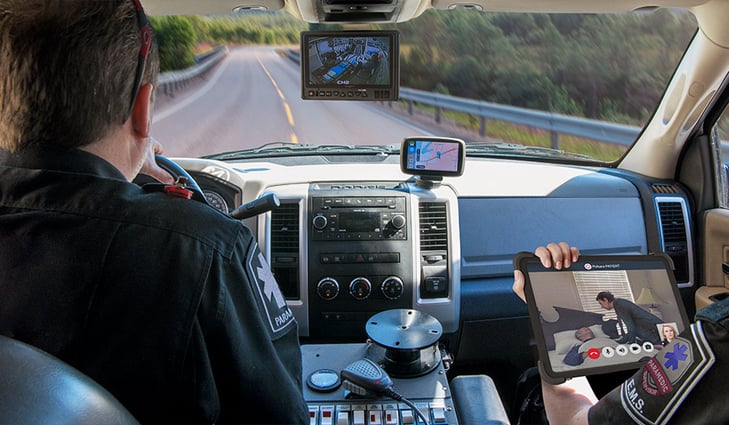
Scarce, spread out, or reduced-scope resources may be another challenge for a rural EMS agency. Imagine arriving on scene only to realize that you need more help. In an urban environment, that may mean having to manage your scene – and multiple patients – for only a few minutes. In a rural setting, that wait time may increase significantly.
To address this, many rural EMS agencies rely on mutual aid agreements and backup response resources to ensure that their communities are provided for, no matter how many patients need simultaneous treatment.
Access to critical care is a two-fold problem for rural EMS agencies. The closest hospital may be hundreds of miles away – and worse, that facility may not provide the level of care needed for a cardiac, stroke, or trauma patient.
Many BLS ambulances simply aren’t equipped to handle such critical patients over an extended duration of time. Even in systems with paramedic-level staffing, there’s only so much you can do with a critical patient in the back of your mobile emergency room, especially when they need more comprehensive care.
Telehealth tools can help close this gap and reduce the time from picking up the patient to starting treatment. These tools can help rural providers coordinate care, better allocate resources, and even consult with a physician or specialist from the scene or while in transit.
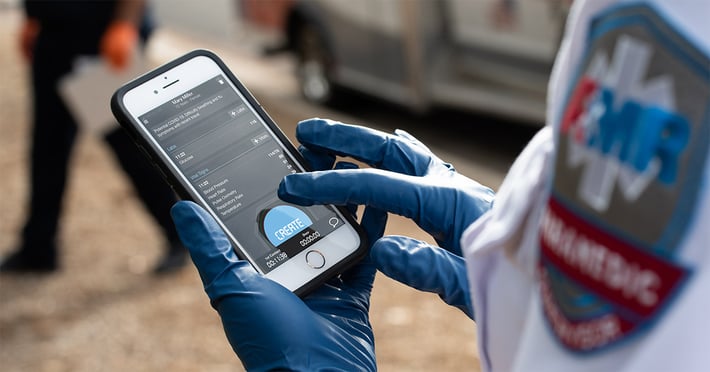
Imagine opening your telehealth application, selecting your destination, entering some basic patient information, and noting some vital signs. Hit “send” and moments later, a “received by ED nurse” message appears. Shortly thereafter, “received by ED physician” appears, along with a follow-up question and a request to hold a video call while you’re in transport.
This is the future of EMS, and the logistical and operational differences of rural environments only make this reality an exciting – and necessary – development.
Again, rural transports are often lengthy. Being with a critical patient (or even a stable patient, for that matter) for a longer period of time equates to a much longer conversation with them.
Simply buckling yourself into the backward-facing seat behind the cot is not a good example of a positive bedside manner in any environment. Patients may be scared, and knowing that they’re more than a few minutes away from the hospital can be unsettling.
For some EMS providers, this affective side of the job is a challenge. Be sure to calmly explain to your patient what you’re doing as you tend to them to establish trust, and make an effort to build rapport during the ride. Being able to positively communicate with your patients for the long haul can go a long way to ease the patient’s tensions, promote positive agency support, and even increase your sense of pride and ownership in what you strive to do: provide quality patient care.
If there’s one area of significant opportunity for EMS within the rural landscape, it’s telehealth. Access to healthcare is a major challenge for rural areas, and EMS can help bridge the gap. Consider how your organization can implement a telehealth program to connect the community you serve with outside physicians, including specialists.
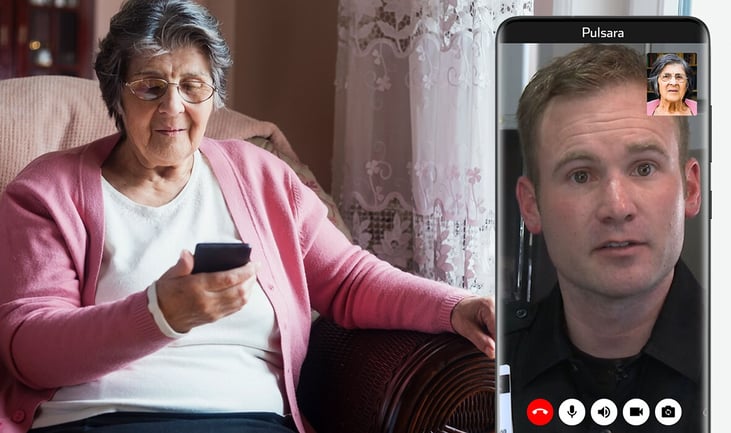
This approach can expand your scope of care as well as your potential revenue stream, as video-based interactions are now reimbursable by Medicare and Medicaid. For example, you can use Pulsara’s HIPAA-compliant video chat and secure messaging features to provide billable remote consultations that bring needed healthcare services to patients where they live, whether it’s an urgent referral or an everyday consultation.
Speaking of revenue, let’s face it – money is a challenge for any agency, but fewer houses and businesses means less tax revenue for rural EMS agencies. While some skiing and vacation communities don’t face as many financial hurdles as other rural locales, the spread-out farmlands and isolated forests of other geographical regions don’t present as much opportunity for financial support. Thus, relying on billing revenues, donations, volunteer staffing, and fundraisers have remained the reality of many rural communities.
Combining resources through consolidations and mergers, forming special taxing entities like fire/EMS districts, and relying on a volunteer corps – which may require the support of local businesses to allow staff members to leave their jobs when a call comes in – are some strategies for rural EMS agencies to stretch budgets.
Grants are another option. Check out this free funding guide from Pulsara for tips on the application process, current funding opportunities and other important information.
Some rural volunteer agencies are quite successful at recruiting and retaining local providers. Many locals take pride in the opportunity to serve the community they live in. Other rural agencies face the reality of a revolving door as new providers come and go in search of higher call volumes, higher pay, or an urban environment to better suit their lifestyle.
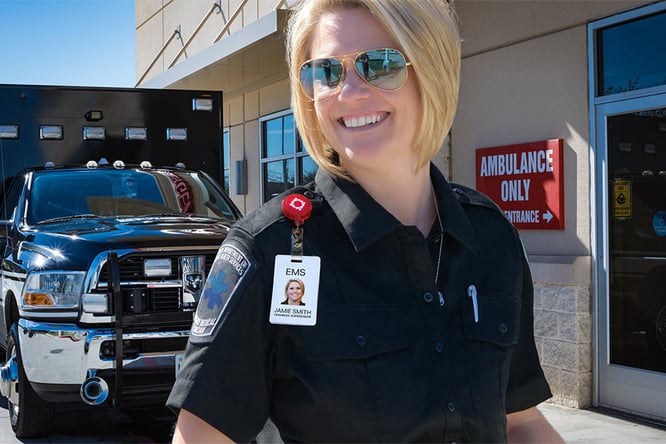
Some agencies welcome teenage volunteers, which helps recruitment for the profession overall. Others rely on part-time volunteers or contract with private ambulance services for staffing. (Check out these recruitment videos for some ideas.) Review your state’s minimum certification and staffing requirements to be sure your agency stays in compliance.
How is retention addressed in your agency? Consider elements of the job that may appeal to providers, such as 48/96 work schedules, the comfort of running fewer calls, or pay that’s comparable to urban/suburban areas in your state. Use your setting as an asset – don’t underestimate the value of having a place to call home in a tight-knit community.
Training is critical for any EMS agency to keep providers sharp. It’s one thing for a full-time, urban fire department to hold an eight-week academy for all of its new hires. It’s entirely different for a rural, low-volume fire/EMS agency to do the same. For many volunteer or single-staffed ambulance services (who often are already struggling to replenish depleted staff), there’s a higher reliance on on-the-job orientation rather than academy-style training.
Experienced providers who enter into such environments can be expedited through any established orientation program. Inexperienced providers, who often turn to rural agencies for their first experience, pose a greater challenge, as it’s hard to substitute simulation training and ride-alongs for actual years of exposure. This makes mentoring and online training especially valuable for rural providers. (Check out this article for more training ideas.)
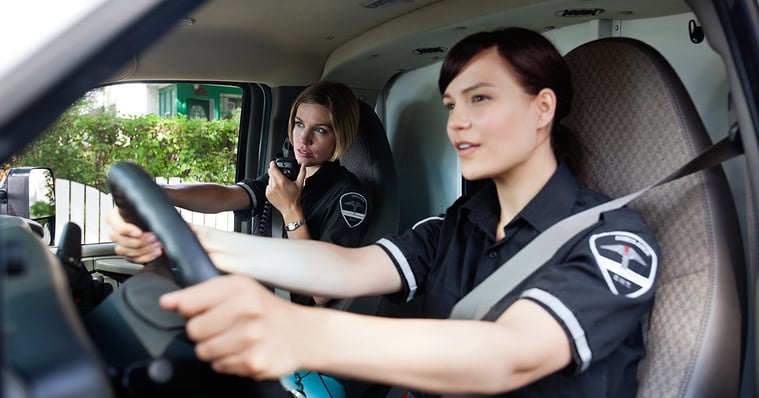
Rural EMS coverage too often includes reports of turmoil in smaller and volunteer agencies. There may be no solution for this, but every rural provider should be aware of and prepared to deal with personality conflicts and shifting priorities as leadership changes. Pack your patience and build trust through clear, honest communication. Mind your social media use, too, as more than one small-town EMS provider has been removed from their post – whether paid or volunteer – for a careless Facebook post.
And then there are the close quarters. Being stationed in a rural community might require a long drive for a provider who doesn’t live in the immediate vicinity. Living in a station can be much like living with a roommate in an apartment: There are chores to be done, food to be made, vehicles to be washed – and of course, calls to be run. Building a good relationship with your partner can be a challenge for any medic, but it’s especially important in a rural setting.
Community engagement can help rural EMS agencies address many of the challenges listed above. Any agency can build a successful social media account, but actively engaging with people in the community can be a challenge. While urban settings certainly have a greater population, rural settings have something that many urban settings lack: connection.
Volunteer roots, community-oriented support, local donations, and even sole-provider marketing are all areas where rural EMS agencies can capitalize on community engagement and help to promote the good that they do – as well as increase funding, push for recruitment, and maintain their reputation as a local source for quality care.
It’s a lot easier for a low-volume, rural EMS agency to provide public outreach and education to its local high school, clinic, Scout troop, and businesses than it is for larger, urban systems. Take advantage of the small-town atmosphere and turn the people you serve into stakeholders.
About the Author
Tim Nowak, AAS, BS, NRP, CCEMTP, SPO, MPO, CADS, is the founder and CEO of Emergency Medical Solutions, LLC, an EMS training and consulting company that he developed in 2010. He has nearly two decades of experience in the emergency services industry, having worked as a career firefighter, paramedic and critical care paramedic in a variety of urban, suburban, rural, and in-hospital environments. His background includes nearly a decade of company officer and chief officer level experience, in addition to training content delivery and program development spanning his entire career. He is experienced in EMS operations, community paramedicine, quality assurance, data management, training, special operations, and administration disciplines, and holds credentials as both a supervising and managing paramedic officer.
For more information, visit Pulsara’s rural healthcare page.

December Recap After an incredibly busy events year with 102 conferences, trade shows, and sponsorships, December was on the slower side for us, with...

Editor's Note: In July 2025, EMS1 and Fitch & Associates released their annual EMS trend survey, What Paramedics Want, proudly sponsored by Pulsara....
![[PRESS RELEASE] Published Research Finds Up to 31% Faster STEMI Treatment Times in Rural Hospital Setting with Pulsara](https://www.pulsara.com/hubfs/_1_website-page-blog-assets/pulsara-hosp-teams-assign-cardio-stemi-rn-1200x701.jpg)
Published research shows how using Pulsara, alongside standardized field activation and a focus on stakeholder relationships, improves STEMI care and...